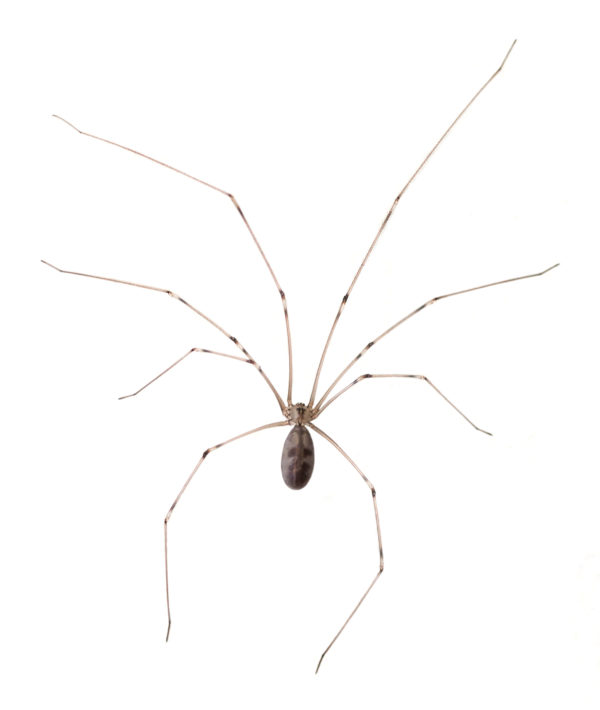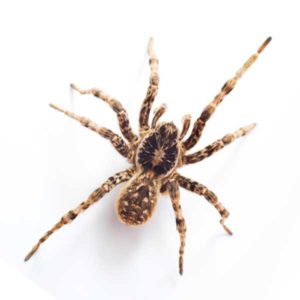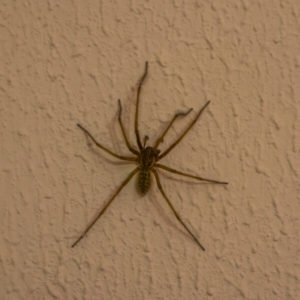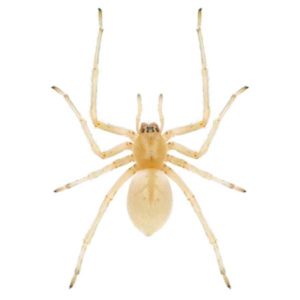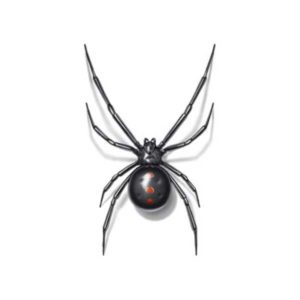Cellar Spider Identification
What Do Cellar Spiders Look Like?
Cellar spiders are inconspicuous, harmless, fragile spiders with extremely long, thin legs. They are sometimes referred to as daddy longlegs spiders, which are quite different and an unrelated common spider species. Cellar spiders are typically pale yellow, grey, or light brown. Despite their delicate appearance, cellar spiders are known for their surprisingly robust webs.
Signs of a Cellar Spider Infestation
Indications of a cellar spider infestation include the presence of their distinctive webs, which are large, irregular, and often found in corners of rooms, basements, and garages. Frequent sightings of the spiders themselves, especially in dark, undisturbed areas, are also a sign.
Habitat, Diet, Life Cycle & Bites
Where Do Cellar Spiders Live?
Cellar spiders prefer dark, damp environments such as basements, cellars, and crawl spaces. They are also commonly found in undisturbed areas of homes and buildings, such as in corners of rooms, attics, and storage spaces.
Male and female cellar spiders may be found in climate-controlled structures year-round.
Diet of a Cellar Spider
Their diet mainly consists of small insects and other arthropods. Cellar spiders are not aggressive hunters; they typically catch their prey in their webs.
Life Cycle of a Cellar Spider
Cellar spiders have a simple life cycle, from egg to spiderling to adult. Females lay eggs in small silken sacs, often hidden in their webs. The young spiders go through several molts before reaching adulthood.
Cellar Spider Bites
Cellar spider bites are extremely rare. They have small fangs and are generally not considered a threat to humans.
Are Cellar Spiders Dangerous?
Cellar spiders are not dangerous to humans. Myths about their venom being highly toxic are unfounded; they are harmless and their fangs are not capable of piercing human skin effectively.
How to Get Rid of Cellar Spiders?
To get rid of cellar spiders, reduce the areas where they can build webs. Regular cleaning and vacuuming of corners and seldom-used areas can help. For persistent infestations, it may be necessary to seek professional spider removal services.
Cellar Spider Prevention Tips
Prevent cellar spiders by keeping areas clean and free of clutter, especially in basements and attics. Ensuring good ventilation and reducing humidity can also discourage them from inhabiting indoor spaces.
Need help with Cellar Spiders control?
FAQs
Are Cellar Spider Bites Harmful?
Cellar spider bites are extremely rare and not harmful to humans. They are not known to bite humans aggressively.
How Can I Prevent Cellar Spiders in My Home?
Keep your home, especially basements and attics, clean and clutter-free. Regularly remove webs and ensure good ventilation to prevent these spiders from settling.
Should I Leave Cellar Spiders in My House?
Yes, you can leave them as they help control other insect populations. They are not harmful and generally stay out of the way.
Do Cellar Spiders Look Like Brown Recluse Spiders?
They are different species and can be mistaken for them but have longer, thinner legs and lack the violin-shaped mark.
Are Cellar Spiders The Same as Harvestmen / Daddy Long Legs?
The term “Daddy Long Legs” is often used for both cellar spiders and harvestmen, but they are different; cellar spiders are true spiders, while harvestmen are a different order of arachnids.

